To guarantee a tree’s successful growth in its new setting, adhering to correct planting procedures is critical. This detailed instruction on tree planting covers all the necessary steps, from picking the perfect timing for planting, finding the best spot, and offering care afterwards to encourage vigorous growth.

What we cover
ToggleShort Summary
- Choose the right time and type of tree for planting.
- Consider utility lines, sunlight, water availability, and other factors when selecting a location.
- Prepare the soil with organic amendments before planting. Aftercare should involve watering, mulching, and pruning for successful growth.
Step 1. Selecting the Ideal Location
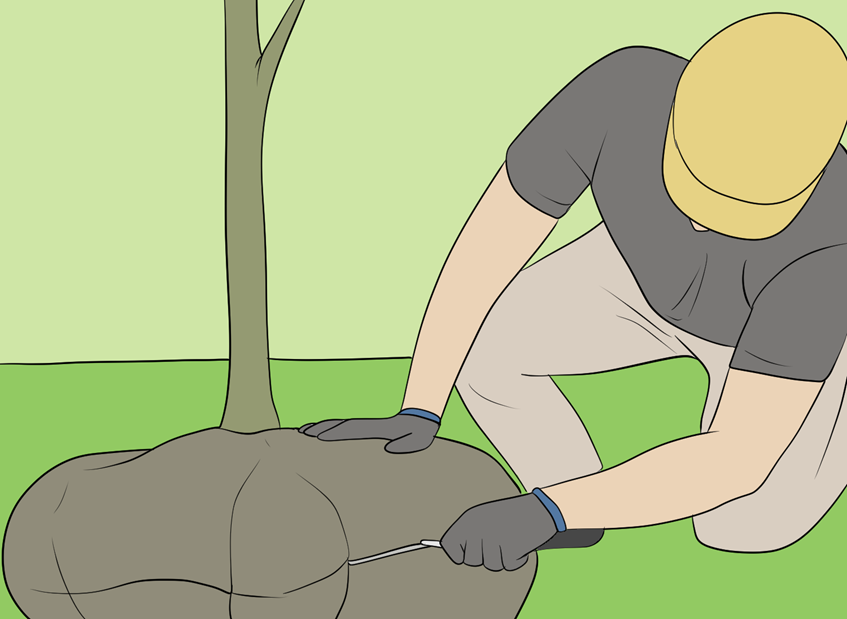
Proper tree placement is crucial for enhancing the tree’s potential to establish well and to increase your property’s curb appeal. Selecting a location with poor sun exposure for the species, poor drainage, or, too close to structures will lead to issues down the line.
Other considerations are utility lines, roof lines, and buildings, sidewalks, driveways should be considered when selecting the ideal location for your tree. Consulting with a local arborist or local nursery can help you choose the right spot for your tree.
Utility Line Considerations – Before planting a tree, it’s essential to factor in overhead and underground utility lines. Planting tall-growing trees near overhead utility lines will result in the need for yearly pruning and will cause an unnatural look or appearance. It will cost you a fortune in the long run to maintain.
Step 2: Preparing the Planting Site
Preparing the planting site is essential for the long-term health of your tree. This involves soil preparation, ensuring proper drainage, and removing any debris that could hinder growth.
Incorporating organic fertilizers such as bone meal, can provide essential minerals that facilitate the development of a robust root system and encourage plant growth1. By properly preparing the planting site, you are creating an environment that promotes successful root development and longevity of your tree.
Soil Testing
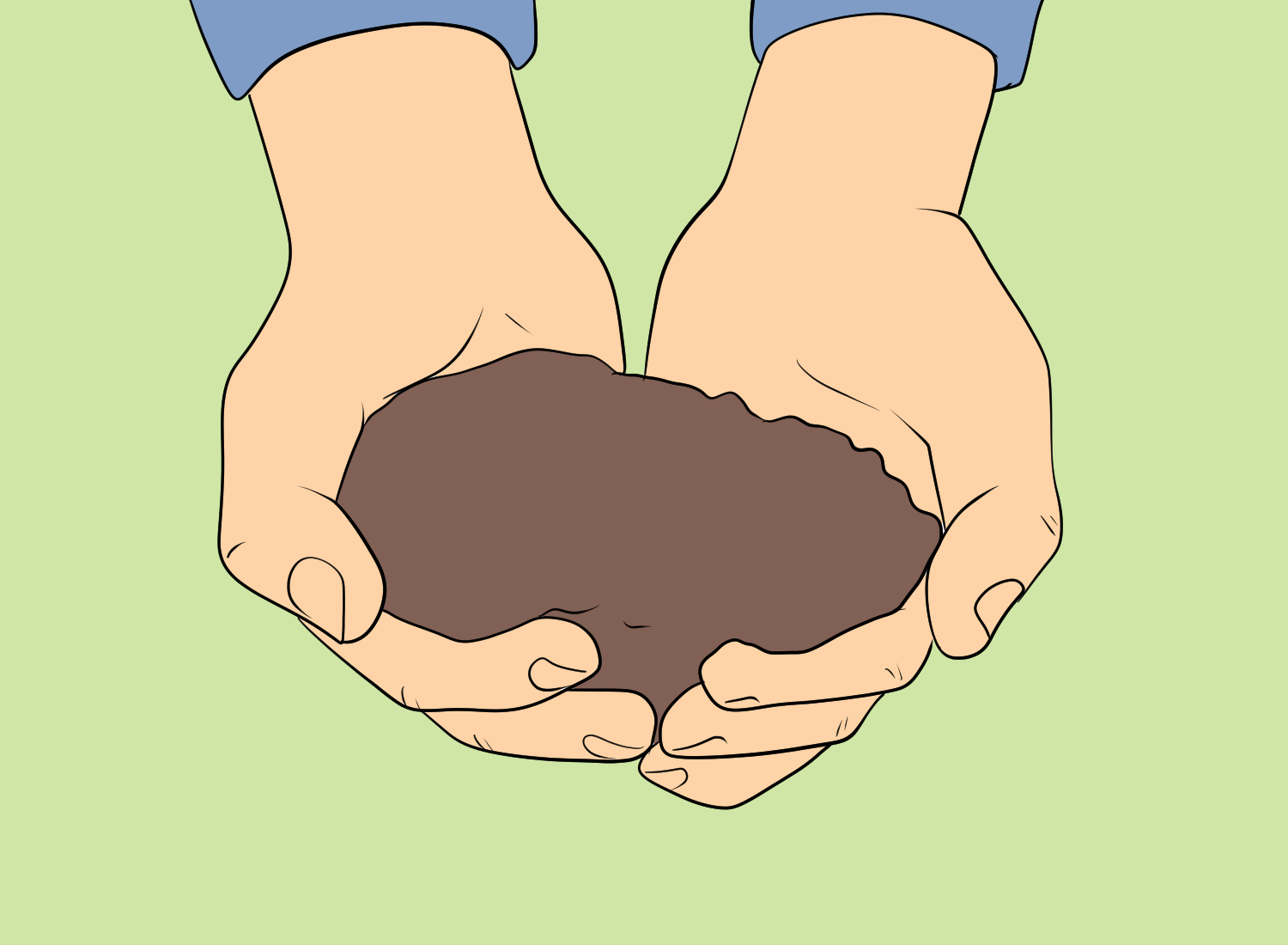
Soil testing isn’t always necessary, but if you want to take it to the next level, you can test the soil to determine the nutrient levels and pH adjustments necessary for your tree’s growth. Check with your local nursery or online for the correct pH levels your plant requires.
By testing the soil and making any necessary amendments, you’ll bolster the growth and longevity of the tree.
Organic Matter
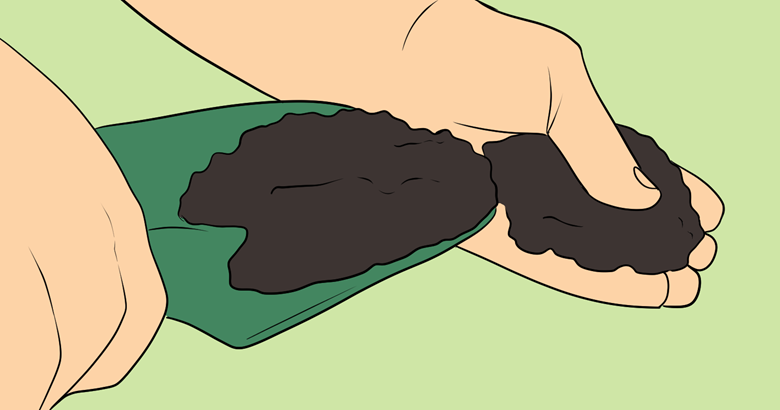
Adding organic matter to the soil can significantly improve root growth. It is suggested that 10 to 20 percent of the total soil volume should consist of organic matter. This will ensure healthy soil structure2 and fertility. For heavy clay soils, coarse-textured materials such as composted pine bark are recommended.
Compost, leaf mulch, or composted pine bark can be applied to a bed that is 8 inches deep. Use between 1 and 2 inches of organic matter for best results. You will need to do this 6 – 8 weeks before planting. Organic matter sucks up nitrogen when decomposing, which a plant also needs for growth. Waiting until the organic matter has mostly broken down means the nutrients are bio-available to the plant upon planting.
Step 3: Time to Plant
Planting a tree involves several key steps, from digging the planting hole to preparing the root ball and setting the tree in place. It’s important to ensure the trunk flare is visible and not covered with soil, as this can lead to planting the tree too deep, which is one of the primary causes of death for trees and shrubs.
The planting hole should be at least twice and ideally 2-3 times wider than the root ball but no deeper than the height of the root ball.
Digging the Hole
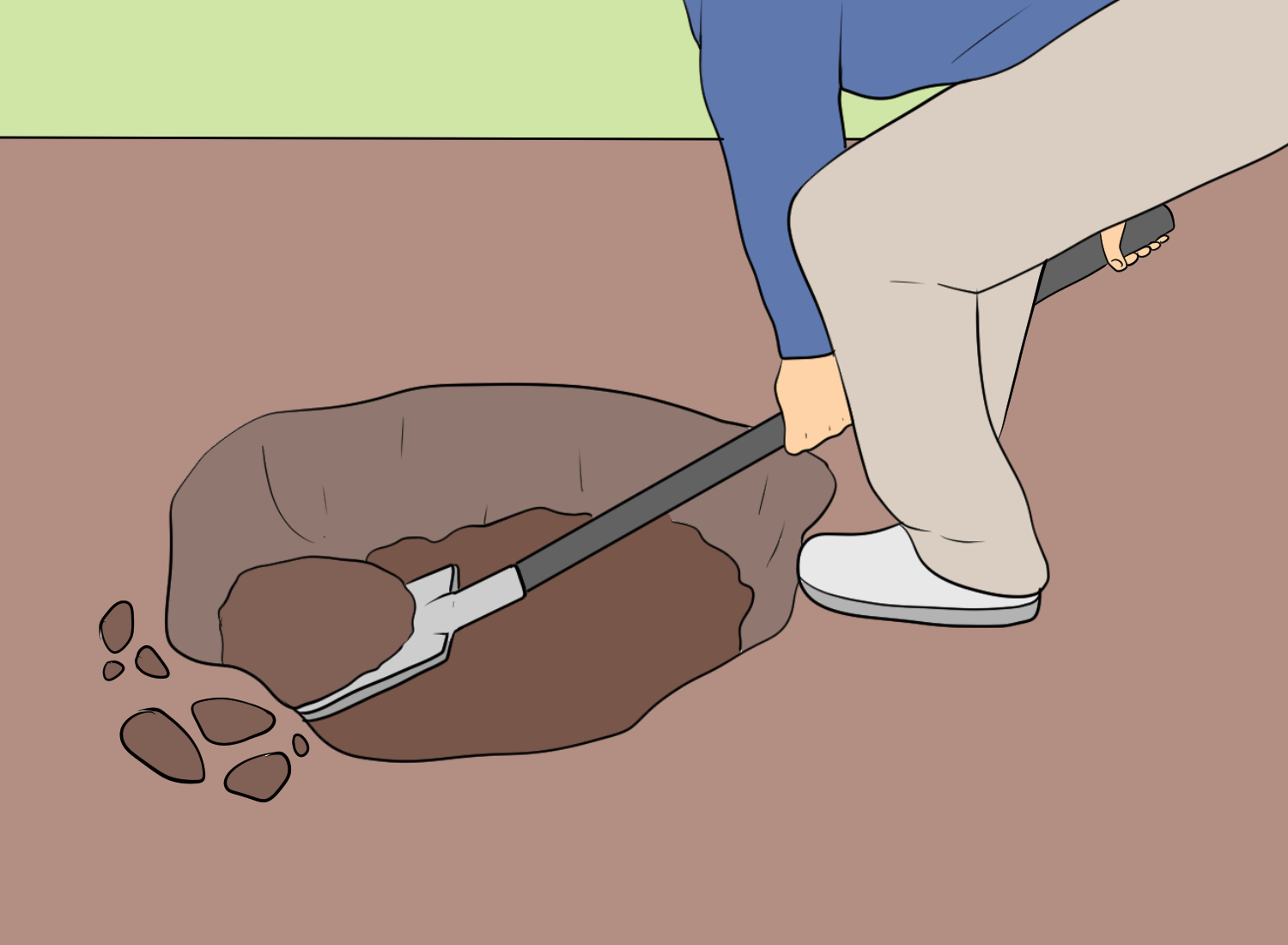
The correct depth and width of the planting hole are essential for the healthy growth of your tree. A hole that is 2-3 times wider than the root ball, twice as deep. This provides the optimal space for the tree to establish its root system.
By digging the planting hole to the proper dimensions, you create a stable foundation for your tree to thrive. Having fresh, loose soil around the plant allows you to control the pH levels during the first few months while it begins to grow and also ensures good amounts of air reach the roots. Soil that is too compacted can cause issues for newly planted trees.
Root Ball Preparation
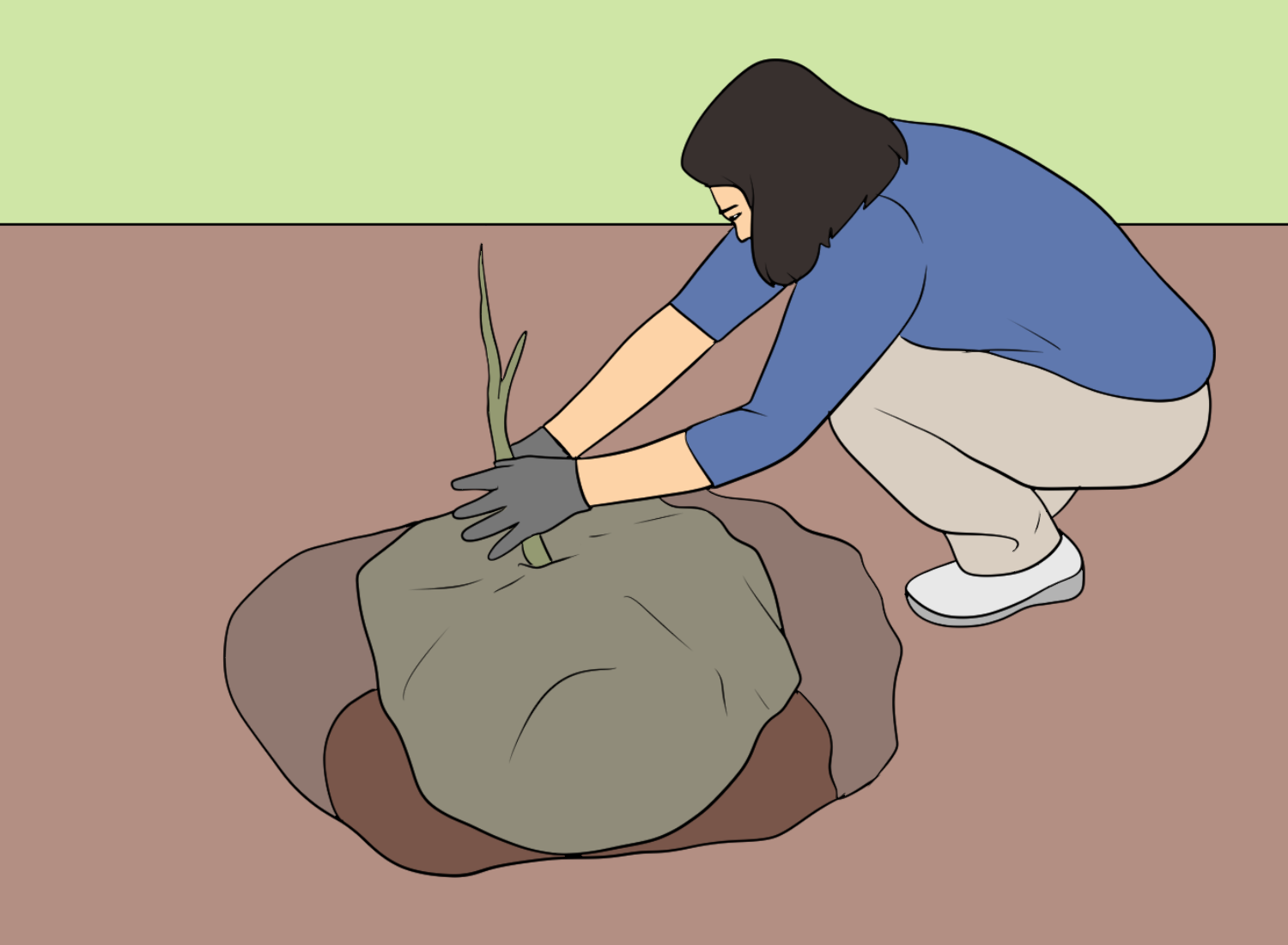
Before planting, it’s important to prepare the root ball by inspecting it for circling roots and either straightening, cutting, or teasing them out. Breaking up the roots like this helps free them from their circular growth pattern and encourages them to grow outwards. Root-bound trees may not get a proper footing as they grow and risk falling over in strong winds when they mature.
Step 4: Aftercare - Watering & Mulching
Post-planting care is crucial for the continued health and growth of your tree. This includes watering, mulching, and pruning practices that promote a strong and healthy tree. Measuring water for newly planted trees and shrubs can be done using a 1-gallon plastic milk container or by turning on the hose slowly and counting how long it takes to fill a 1-gallon container.
Assessing soil moisture for recently planted trees and shrubs can be done by pushing a dry wooden skewer into the soil. If it comes out wet, you can skip watering. If it comes out dry, give it some water.
Watering Techniques
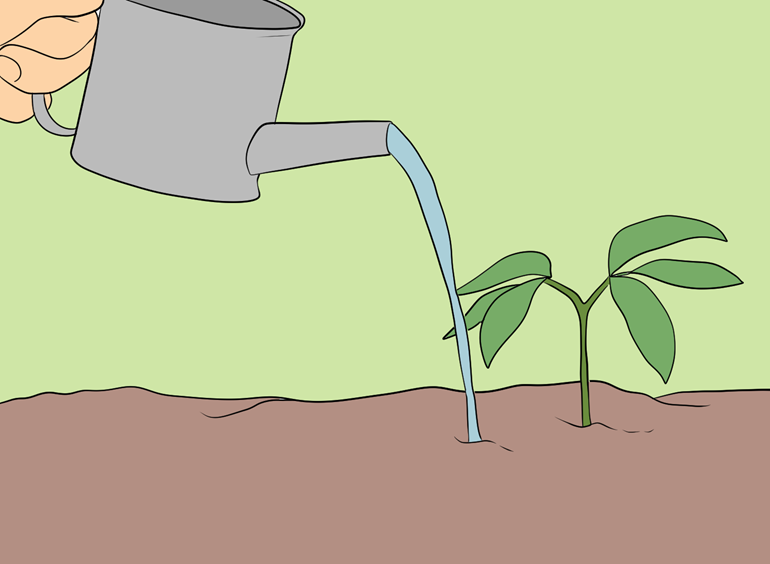
Watering the root ball directly and ensuring the soil is adequately saturated is crucial for the survival of your newly planted tree. Applying mulch to the soil surrounding the tree can aid in retaining moisture, providing a consistent level of hydration for the tree to draw from.
You can hand water or use irrigation, but I do suggest hand watering for the first few weeks so you can get a handle on how much and how often your tree likes to be watered. From there, you can set it on auto-pilot with irrigation.
Mulching Practices
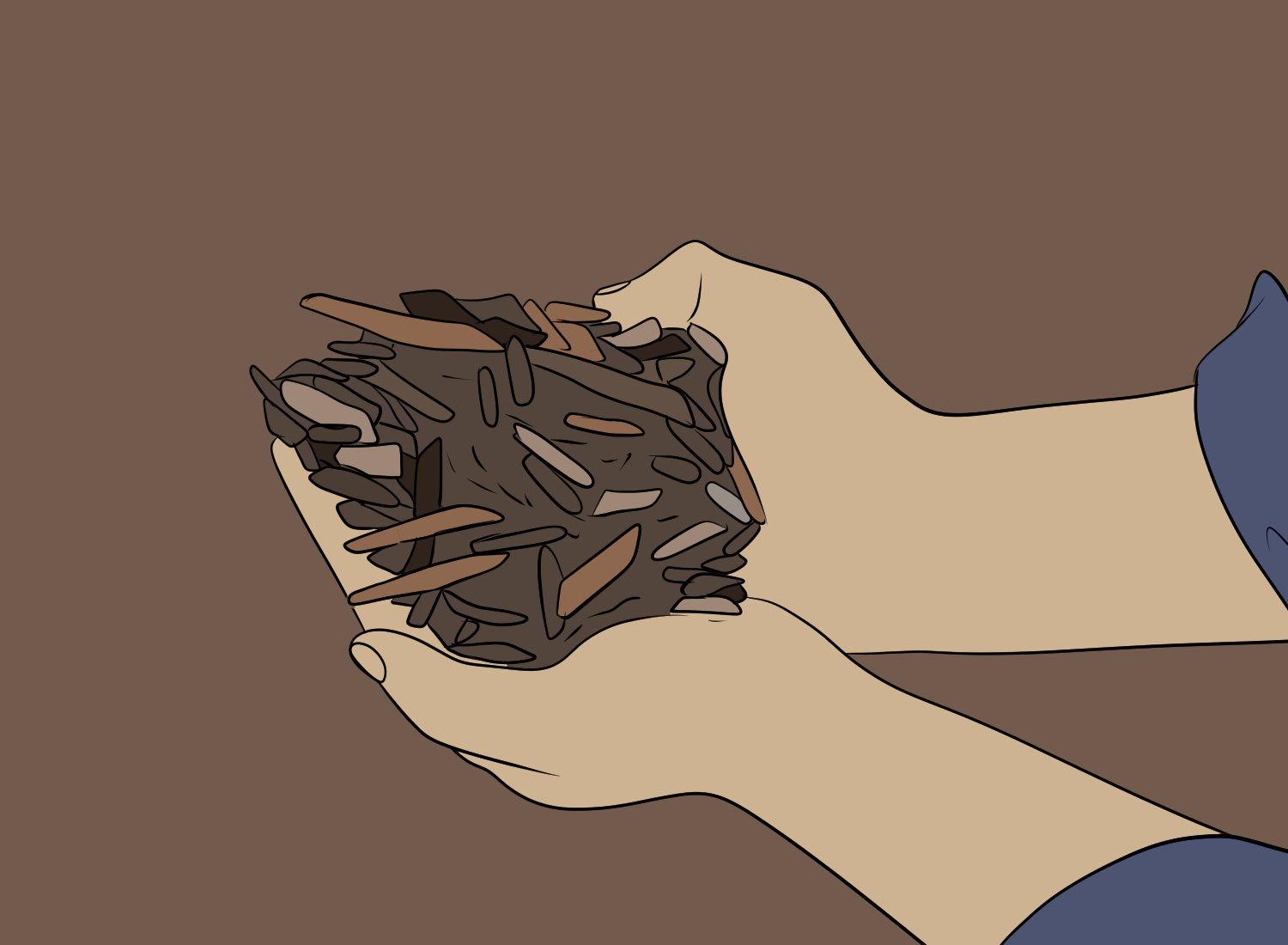
Mulching around trees has numerous benefits, including eliminating weeds, preserving moisture in the soil, regulating soil temperatures, and increasing soil organic matter content. To properly mulch the base of the tree, apply a layer of mulch 2-3 inches thick, taking care to avoid heaping it too close to the trunk.
A mulch-free area of 1-2 inches should be left at the tree’s base to protect against decay.
Pruning Guidelines
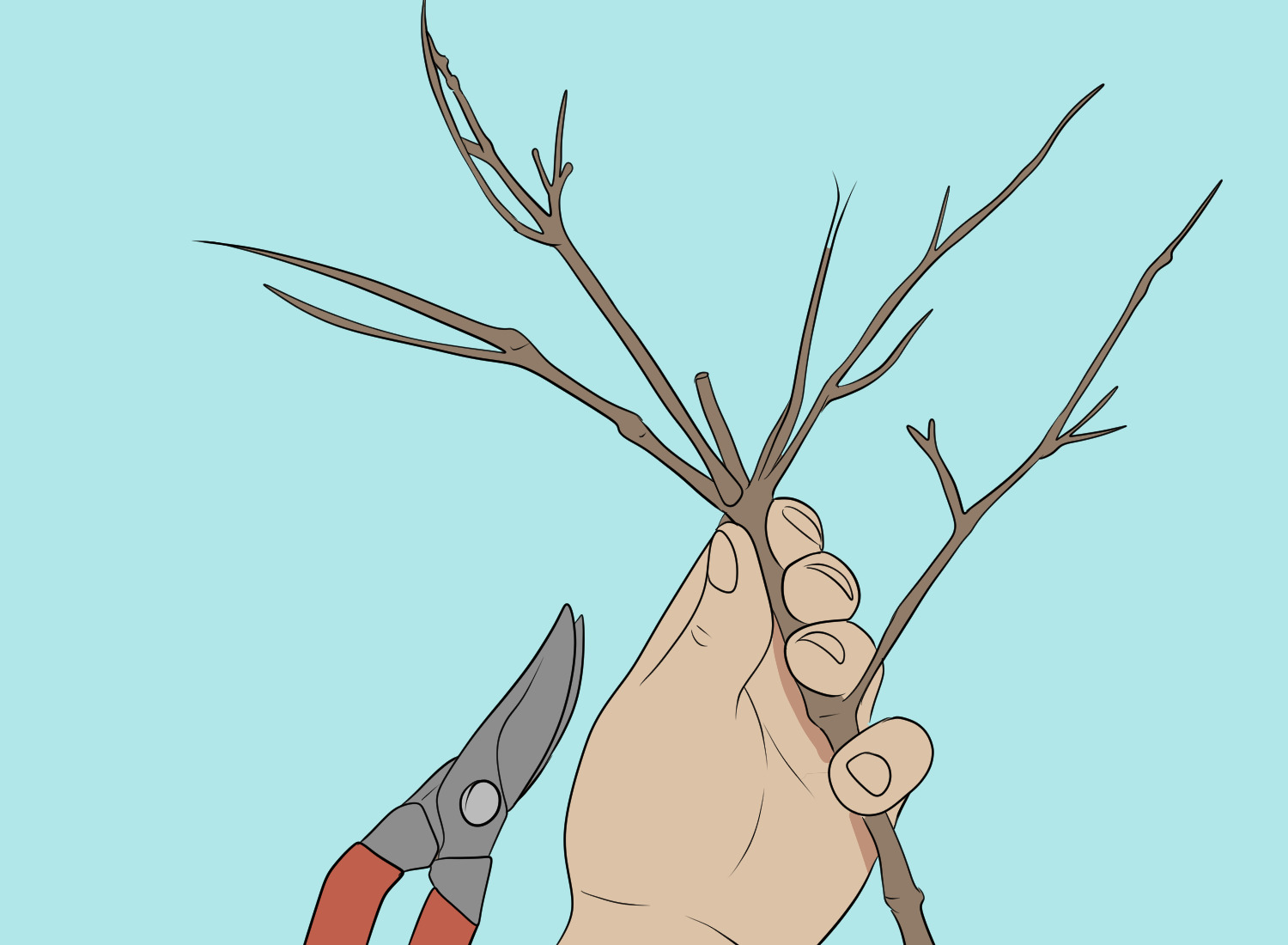
Pruning3 a newly planted tree within the first five years of its life is essential for establishing a robust structure and removing dead, diseased, or damaged branches. Structural pruning is most effective in the nursery or during the initial year following planting.
A small tree should be trained into a single leader trunk and second and third-order branches coming off it. Duel leader trees should be avoided as structural issues may arise down the line, including bark and rot.
Use sharp pruning tools, and cut as close to the branch collar as possible for best results.
Step 5: Staking and Fertilizing
Staking a newly planted tree at the time of planting may be necessary to address stability issues, particularly for larger trees or those planted in windy, exposed locations. Use a stake and tie the tree loosely to it to provide support without restricting growth.
Staking Factors
Several factors determine if staking is necessary for your newly planted tree, including the size of the tree, its location, and weather conditions. If staking is required, position the stakes outside of the root ball and in accordance with the prevailing wind. Stakes should be removed once the tree is stable, typically within six months to two years.
By considering these factors and staking your tree appropriately, you’re providing the necessary support to grow strong and healthy.
Fertilizing Schedule
Newly planted trees typically do not require fertilization during their first year, allowing them to focus on establishing their root systems.
Begin fertilizing the following year with slow-release or organic fertilizers. You should use horse or turkey manure for the best results. The optimal time to fertilize is late April or early May, or late fall once plants are in a dormant state.
Choosing the Right Time to Plant
The best time to plant a tree is during the fall season, when carbohydrates produced during the previous growing season are directed to root growth instead of new leaves and branches, reducing the need for additional irrigation in subsequent summers. Early spring is another suitable time for tree planting, as it allows roots to be established before spring growth.
While it’s possible to plant trees at any time, planting during the fall and early spring increases the likelihood of successful root growth and establishment, ultimately leading to healthier and more robust trees.
Container-Grown Trees
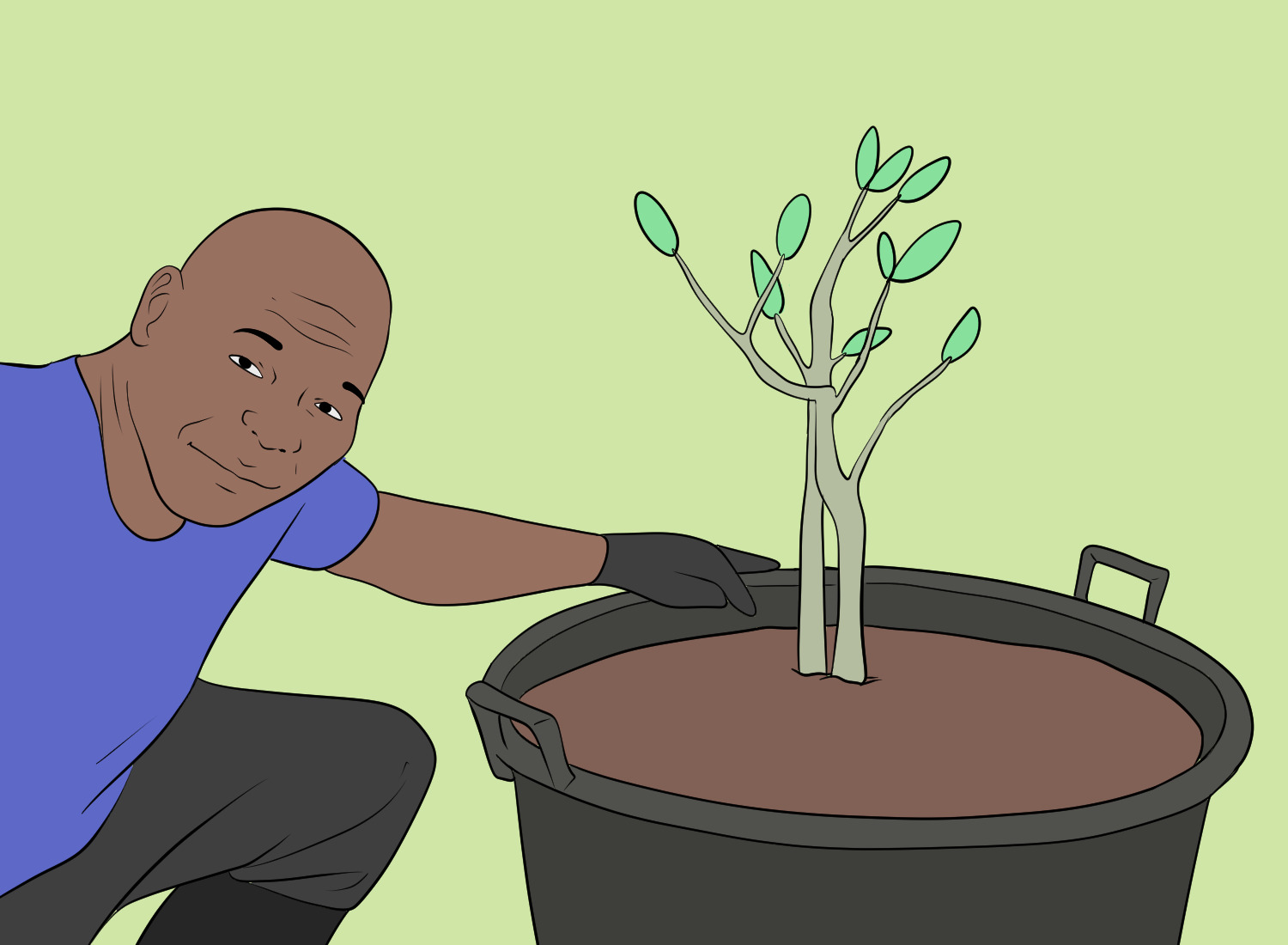
Container-grown trees are cultivated in containers rather than in the ground, requiring more frequent watering and fertilizing than trees planted directly in the ground. While container-grown trees can be planted at any time of the year, the fall season is the most beneficial for promoting new root growth during the dormant season.
By planting container-grown trees in the fall, their root systems have ample time to establish themselves before the next growing season, ensuring the tree is better prepared to thrive in its new environment. This ultimately leads to stronger, healthier trees that are less susceptible to disease, drought, or other environmental stressors.
Balled-and-Burlapped Trees
Balled-and-burlapped trees are trees that have been cultivated beyond seedling size to sapling size, with their roots encased in soil wrapped in burlap. It is recommended to plant these trees during the dormant seasons to minimize stress on the tree and promote optimal growth.
By planting during the dormant season, you give the tree the best opportunity to establish its root system before the growing season begins in spring.
Common mistakes when planting a tree
Two of the most common mistakes when planting a new tree are planting it too deep and inadequate or excessive watering.
Planting too deep
Ensuring the proper planting hole is dug is vital to the success of the tree. If too much excess soil is placed atop the root ball can prevent the respiration of the roots and adequate water from reaching the root ball when watering.
Too much/ little water
Depending on the local conditions and time of year, watering your tree in the correct amount is crucial. Be sure you have a watering plan going in and adjust when needed. Be sure to let the ground mostly dry before watering again.
Summary
In conclusion, planting a tree requires careful planning and execution, from selecting the right time and location to preparing the planting site and providing proper aftercare.
Each step plays a crucial role in ensuring the health and longevity of your tree. By following this step-by-step guide, you’re setting the stage for a successful tree-planting experience and contributing to a greener, more vibrant environment.
So, the next time you decide to plant a tree, remember the importance of choosing the right season, location, and planting techniques. With proper care and attention, your tree will not only enhance your property but also provide countless benefits for years to come.
FAQ's
Yes, it is important to water a tree before planting. This helps to ensure the soil within the root ball is moist and better able to absorb moisture from the surrounding soil, promoting healthy growth for your newly planted tree.
Growing a tree from seed requires patience and commitment. Start by prepping the seeds and planting them according to the type of tree. Then, keep the seeds moist and in an environment with high humidity until they germinate, providing regular care as the tree matures.
With proper dedication, you can successfully nurture a new tree from a single seed.
- University of Minnesota Extension, (2019) Planting and growing guides. <https://extension.umn.edu/how/planting-and-growing-guides> Accessed: 15-03-2024.
- Linda Chalker-Scott, (2015) The Myth of Soil Amendments. <https://s3.wp.wsu.edu/uploads/sites/403/2015/03/soil-amendments-2.pdf> Accessed: 15-03-2024.
- Arbor Day Foundation, (2019) Tree Care Tips & Techniques. <https://www.arborday.org/trees/tips/> Accessed: 15-03-2024.



